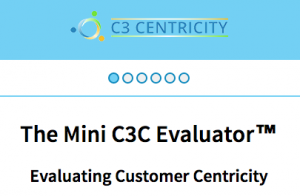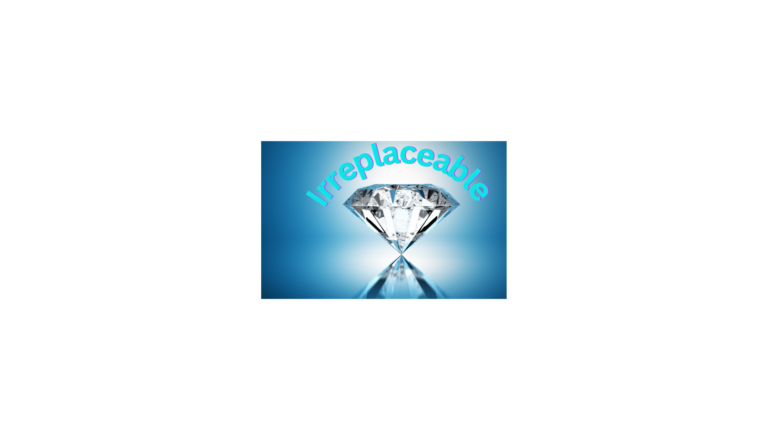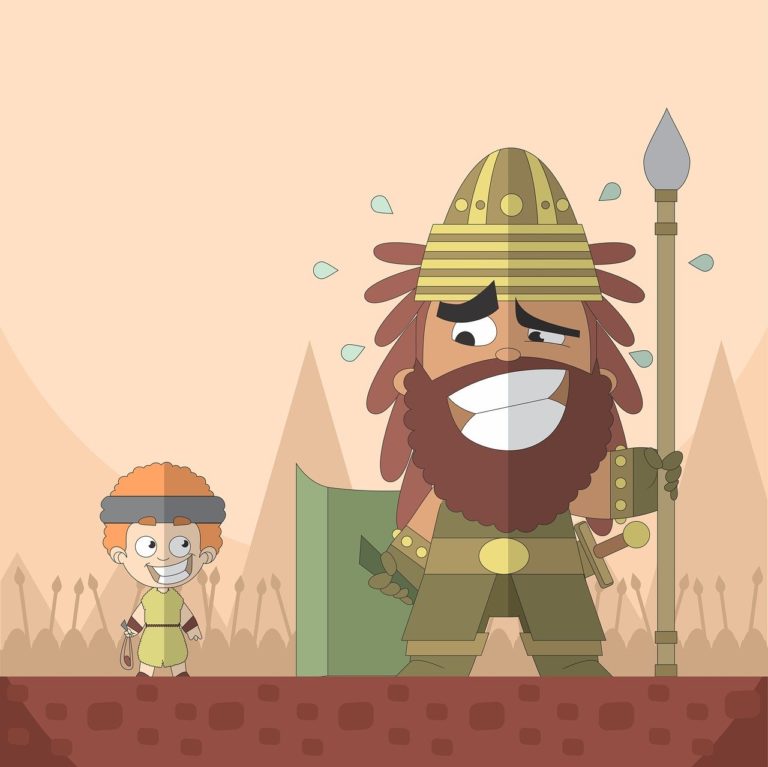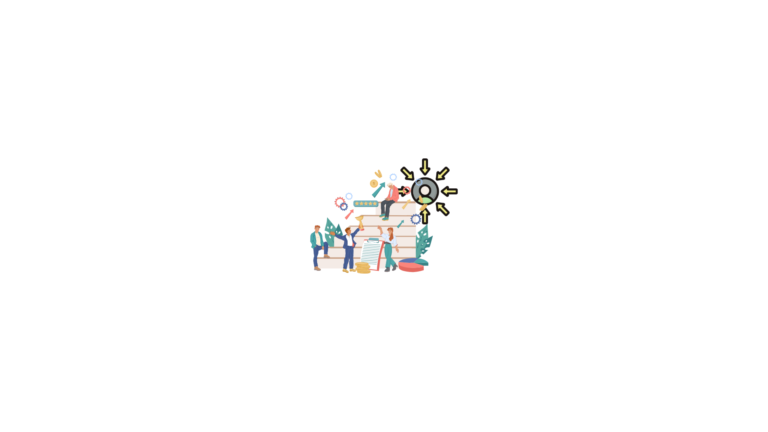After the mid-year break – and this year it started way sooner thanks to covid-19 – most organisations get into their planning phase for the coming year in earnest. Do you know how you’re going to beat the competition next year? If not, then this article will set out some clear priorities.
Although business plans are usually developed and approved in the middle of the year before the vacation period starts, it is only afterward the seasonal break that the real work begins. So what have you promised your top management? Faster growth, increased profitability, or more successful innovations?
Whatever is in your plans, now is the time to review them and decide the very best strategies and tactics for meeting them. Let’s take a look at each of these objectives and see how best to meet them.
Higher Growth
As you know, there are basically only three ways to grow your sales:
- Get more people to buy
- Get people to buy more
- Get people to buy more frequently
What you may never have noticed before when reviewing these options, is that all three approaches include the word “people.” And it is only by understanding them better than you do today, that you will be able to grow your business tomorrow.
So, how well do you know your current and potential customers? Do you know what they think about your current offer? Do you understand their needs, desires and dreams? Do you recognise what they really want but can’t even themselves articulate? Uncovering these are what will give you a clear competitive advantage.
Of the three strategies, the first seems to be the one that most organisations immediately think about when looking to grow their business. They go out looking for new customers by increasing their distribution channels in the hope of getting more people to buy. But that costs a lot of money, doesn’t it?
CPG (consumer packaged goods) companies on the other hand, frequently encourage their customers to buy more through promotions and discounts. This too takes a large portion of their budget.
However, it is now well documented that it is easier to increase sales amongst your current customers than it is to go out and attract new customers to buy.
A 2015 study by Price Intelligently showed that a 1% increase in customer acquisition impacts your bottom line by around 3.3%. But improving your retention rate by 1% affects your bottom line by around 7%. In other words, it is twice as profitable to retain a customer than to acquire a new one.
“It is twice as profitable to retain a customer than to acquire a new one.”
Even if you replace every customer who leaves by a new customer who buys, you end up with the same number of customers—but lower margins–because it costs far more to gain a new customer than to keep the one you already have.
According to ThinkJarCollective, it is six to seven times more expensive to attract a new customer than it is to retain an existing one.
“It is six to seven times more expensive to attract a new customer than it is to retain an existing one.”
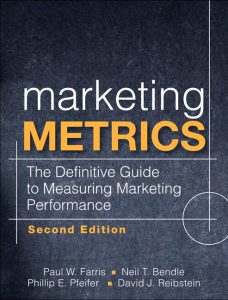
To quote a comment in the excellent book Marketing Metrics, from the Wharton School Collection, by Paul W. Farris, Neil Bendle, Phillip Pfeifer, and David Reibstein, the probability of selling to an existing customer is up to 14 times higher than the probability of selling to a new customer.
Therefore it’s clear that your current customers are worth far more to you than any new potential customers are today.
Whichever strategy you use to grow your business, it involves knowing your customers deeply. Therefore that is what you need to work on first.
To do this, start by collecting everything you know about them and then store all this knowledge and information as a descriptive and visual persona. (You are welcome to download our 4W™ Template if you don’t already have one)
Then get out and meet as many of your customers as possible in person.

This could be by serving behind the counter if you have a retail outlet. Or attending market research interviews, focus group discussions, or by getting to know your customers by meeting them in their house or going shopping with them.
All of these are great ways to see the reality behind the numbers and truly brings your data to life. And the more you meet and understand your customers, the more likely you are to beat the competition – as long as you put your learnings into action of course!
Increased Profitability
Profit comes from selling your product or service at a higher price than it costs you to make. However that doesn’t mean selling it for a price that is just a percentage increase on your costs.
There are two important things to consider in addition to the category pricing range:
- What value do your customers place on your offer?
- What is your customer’s lifetime value?
To answer both these questions you need information.
Value-based pricing requires an understanding of what your customers value. With many product categories becoming ever more commoditised, price has unfortunately become almost the only the differentiator. This is a dangerous strategy, as I explain in “Are you on the way to brand heaven or hell?”
A better way to compete is to identify not only the basic requirements customers are looking for in a category, but the small things they value in addition. These include:
- Sensorial elements such as a better perfume, a more appealing colour, a more elegant packaging
- Rational advantages such as an easy-carry handle, resealable pack, reusable container
- Emotional advantages such as club membership, preferential treatment, express service
In so many categories today, the leading brands are not performing any better than their competitors, they just have a small edge in one or more areas that their customers value.
Does your product or service offer a competitive advantage beyond price? If not read “How do people recognise brands?” for inspiration.
The second area of pricing to review is your customers’ lifetime value.
Sometimes a product can be sold at a price that is not at all or only slightly profitable. This is done because the company makes money from the customers continued loyalty.
Think coffee capsules, razor blades, printer cartridges and game stations. In most of these cases once you have bought the item, you can only continue to use it by buying the same branded elements, usually at highly exaggerated prices.
This business model is called two-part pricing. The first item is sold cheaply and the second, disposable item at a (huge) profit. Customers can’t use the first without the second. Their only alternative is to buy a new product from a competitor. As long as that is more expensive than the replacement item for your current product, you will reluctantly pay up.
A further cost associated with this model that customers must consider, is the cost of switching.
Here the cost is not so much monetary, as time and energy to make the change. That’s why so many software platforms are offered for free trial. They count on familiarity breeding contempt for the competitors offer after the trial. For many, the hassle is just not worth the energy to learn a new system and you pay up.
The final cost for customers in switching in the psychological cost of doing so.
After a certain time, customers are invested in their choice and switching becomes harder to justify. They don’t want to admit – even to themselves – that they made a poor choice.
So you see, pricing isn’t just about cost for the manufacturer, it’s also about the cost to the customer and the value they percieve that really matters.
More Successful Innovation
There are many articles here on innovation, such as “A Customer-First Approach to Successful Innovation” and “Improving Ideation, Insight & Innovation: How to Prevent Further Costly Failures.”
Both of these posts emphasise the importance of customer understanding and starting your innovation process with the customer.
What does your innovation process look like? Is it a funnel or a virtuous circle that starts and ends with customer understanding. Unless you have moved to the latter, your innovations are almost certainly not as successful as they could be.
The two above posts clearly lay out how you can move from a linear to a circular approach and then how to integrate the customers into your innovation process. That is why I’m not going to go into more detail on how to do this here. Read the above mentioned posts for an in-depth roadmap to more successful innovations.
At the end of the day, growing your business more profitably and beating the competition, is simply about knowing your customers deeply, often times better they even know themselves!
Do you know which area offers you the biggest chance of beating the competition in 2018? If not, then why not answer our short quiz. The C3C Evaluator™ Tool will give you a clear indication of which of the four areas of adopting a customer-first strategy you should prioritise. And the summary report will give you exactly what you need to change.
Click on the image opposite to complete the evaluation and see your priority areas for improvement. It’s free and the report will be an invaluable resource as you progress with your planning.
Hopefully this article has helped you prioritise your strategies and tactics for meeting your business plans and to beat the competition in 2018. If you have another challenge which I haven’t mentioned, then let me know. I will answer all your questions personally either in the comments below or by email, by contacting me HERE.
In September of each year, I offer a 20% discount on any 1-Day Catalyst Training Session. I thought that this would help you to meet your objectives for next year in a more serene and comfortable position. However, in light of the upheaval experienced by many organisations during the pandemic, I am offering this discount from May to July 2020, for courses booked for the end of this year. You can select your course and then order HERE.


